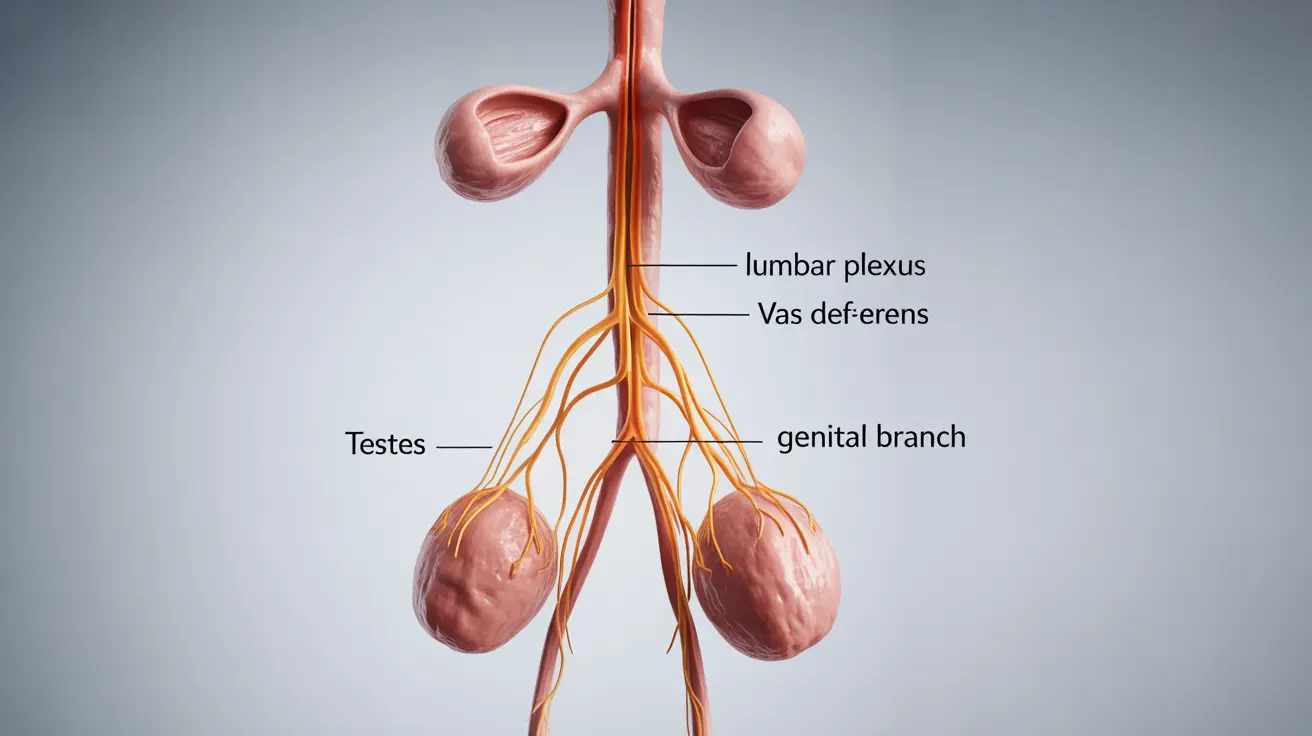Experiencing both lower back and testicle pain simultaneously can be concerning and uncomfortable. This combination of symptoms may indicate various underlying conditions, ranging from minor issues to more serious medical conditions that require immediate attention. Understanding the potential causes and knowing when to seek medical help is crucial for proper diagnosis and treatment.
Common Causes of Combined Lower Back and Testicle Pain
Several conditions can cause pain in both the lower back and testicles. Some of the most frequent causes include:
Epididymitis
This condition involves inflammation of the epididymis, the tube that stores and carries sperm. While primarily causing testicular pain, it can also lead to discomfort that radiates to the lower back. Epididymitis is often caused by bacterial infections and requires proper medical treatment.
Kidney Stones
When kidney stones develop, they can cause severe pain that radiates from the lower back to the groin and testicles. This pain is often described as sharp and intense, and may come in waves as the stone moves through the urinary tract.
Nerve-Related Issues
Conditions affecting the nerves in the lower back, such as herniated discs or spinal stenosis, can cause referred pain in the testicles. This occurs when compressed nerves in the lower spine affect the sensory pathways connected to the testicular region.
Serious Conditions Requiring Immediate Medical Attention
Testicular Torsion
This emergency condition occurs when the spermatic cord twists, cutting off blood supply to the testicle. It causes sudden, severe testicular pain that may be accompanied by lower back discomfort. Immediate medical intervention is crucial to prevent permanent damage.
Testicular Cancer
While less common, testicular cancer can cause both testicular and lower back pain, especially if the cancer has spread to lymph nodes in the back. Additional symptoms may include testicular swelling or the presence of lumps.
Diagnostic Process and Treatment Options
Healthcare providers typically begin with a physical examination and detailed medical history. Depending on the suspected cause, they may order:
- Ultrasound imaging
- Urinalysis
- Blood tests
- CT scans or MRI studies
Treatment approaches vary based on the underlying cause and may include:
- Antibiotics for bacterial infections
- Pain management medications
- Physical therapy for back-related issues
- Surgery in cases of testicular torsion or serious conditions
- Lifestyle modifications and preventive measures
When to Seek Emergency Care
Certain symptoms warrant immediate medical attention. Seek emergency care if you experience:
- Sudden, severe testicular pain
- Rapid swelling of the scrotum
- Fever accompanied by testicular pain
- Nausea and vomiting along with the pain
- Any trauma to the testicular area
Frequently Asked Questions
What are the common causes of lower back pain combined with testicle pain?
The most common causes include epididymitis, kidney stones, nerve compression from spinal issues, and in some cases, more serious conditions like testicular torsion or cancer.
How is epididymitis diagnosed and treated when it causes lower back and testicle pain?
Diagnosis typically involves physical examination, ultrasound, and urine tests. Treatment usually consists of antibiotics, anti-inflammatory medications, and rest. Complete recovery often takes several weeks.
When should I seek emergency care for sudden testicle and lower back pain?
Seek immediate medical attention if you experience sudden, severe testicular pain, rapid swelling, fever, or if the pain is accompanied by nausea and vomiting.
Can lower back problems like herniated discs or nerve compression cause pain in the testicles?
Yes, nerve compression in the lower spine can cause referred pain in the testicles due to the interconnected nervous system pathways between these areas.
What symptoms distinguish serious conditions like testicular torsion or cancer from less urgent causes of testicle and lower back pain?
Testicular torsion typically causes sudden, severe pain and requires immediate attention. Cancer often presents with a painless lump, gradual onset of discomfort, and may include back pain if it has spread. Less urgent causes usually develop more gradually and may be related to infection or inflammation.




